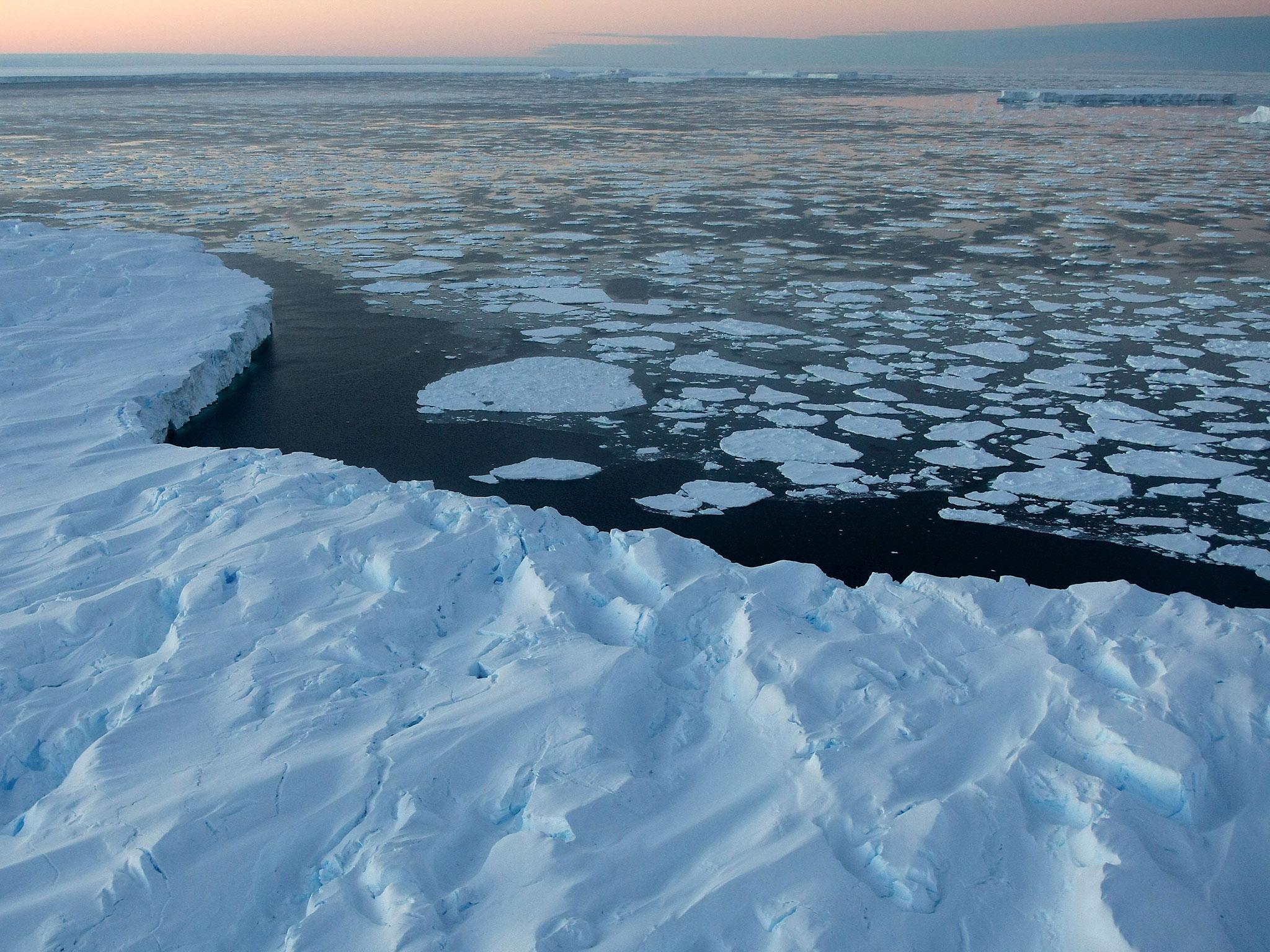A giant hole has opened up in Antarctica as scientists look to find out what is to blame
'It looks like you just punched a hole in the ice'

Your support helps us to tell the story
From reproductive rights to climate change to Big Tech, The Independent is on the ground when the story is developing. Whether it's investigating the financials of Elon Musk's pro-Trump PAC or producing our latest documentary, 'The A Word', which shines a light on the American women fighting for reproductive rights, we know how important it is to parse out the facts from the messaging.
At such a critical moment in US history, we need reporters on the ground. Your donation allows us to keep sending journalists to speak to both sides of the story.
The Independent is trusted by Americans across the entire political spectrum. And unlike many other quality news outlets, we choose not to lock Americans out of our reporting and analysis with paywalls. We believe quality journalism should be available to everyone, paid for by those who can afford it.
Your support makes all the difference.A hole larger than the Netherlands has opened up in Antarctica, and scientists are working to deepen their understanding of how it formed.
The hole in the ice is "quite remarkable," University of Toronto Mississauga professor Kent Moore told Motherboard.
"It looks like you just punched a hole in the ice," he said.
Areas of open water surrounded by ice are known by the Russian word "polynya". They occur regularly in the Antarctic and Arctic, but typically in coastal regions.
This polynya was first observed by satellites in the 1970's in the Weddell Sea, east of the Antarctic Peninsula.
The hole reopened again this year, marking "the second year in a row it's opened up after 40 years of not being there," Mr Moore said.
Back then, scientist had a limited ability to study the phenomenon.
"At that time, the scientific community had just launched the first satellites that provided images of the sea-ice cover from space," Torge Martin, a meteorologist and climate modeller, told Phys.org.
"On-site measurements in the Southern Ocean still require enormous efforts, so they are quite limited."
But the Weddell Polynya is reasonably well understood.
Professor Mojib Latif told the site: The Southern Ocean is strongly stratified. A very cold but relatively fresh water layer covers a much warmer and saltier water mass, thus acting as an insulating layer."
Certain conditions cause the warm water on the lower layers to reach the surface and melt the ice.
"This is like opening a pressure relief valve - the ocean then releases a surplus of heat to the atmosphere for several consecutive winters until the heat reservoir is exhausted," Mr Latif added.
Now, scientists are working to understand how often the polynya occurs and whether it is influenced by climate change.
However, Mr Moore told Broadly blaming climate change was "premature," while other climate scientists said they were keen to differentiate between manmade global warming and natural changes to the climate system.
Scientists have said the polynya will have a wider impact on the oceans as the temperature contrast between the ocean and atmosphere drives convection.
Join our commenting forum
Join thought-provoking conversations, follow other Independent readers and see their replies
Comments